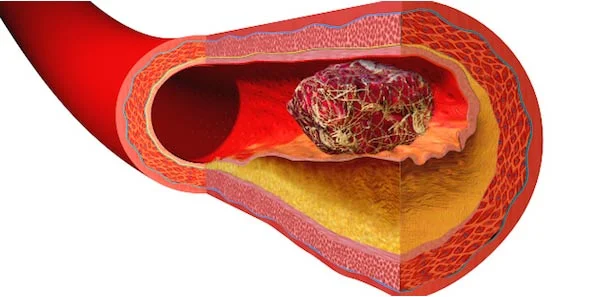Two types of treatments routinely save the lives of patients with ST-segment Elevation Myocardial Infarction (STEMI): primary percutaneous coronary intervention (PCI) and thrombolysis. At EuroPCR 2014, experts in the interventional cardiology community discussed the roles of these strategies in a Great Debate, for which ‘Primary PCI for STEMI: an emergency!” was nominated by the EuroPCR community as the session topic in advance.
Personalised Revascularisation
Since STEMI patients are not all alike, a major point of discussion during the debate was the application of primary PCI as a personalised intervention, according to Thomas Cuisset of University Hospital in Marseille, France. Some of the variables which factor into individual treatment strategies include vascular access, whether or not to use thromboaspiration, and the choice of drugs. PCI is widely felt to be the gold standard for opening arteries, but its execution depends on ready access to interventional cardiologists and cath labs.
The one variable that is essential for every patient is timing, which has a major influence on survival, cautioned Sajidah Khan of the Nelson R. Mandela School of Medicine, University of KwaZulu-Natal in Durban, South Africa. The ultimate goal in STEMI cases is early revascularisation, so reperfusion should be performed within three hours of the initial experience of chest pain. It must be noted, however, that there are pharmacoinvasive alternatives which are appropriate in some geographical areas where primary PCI may be delayed for various reasons.
Strategies for Limited-Resource Regions
Mortality from coronary artery disease has been shifting to countries where lower income levels limit access to cath labs, according to Khan. In such environments, thrombolysis may be more frequently used. Performed correctly, it can be equivalent to PCI, although bleeding risks exist for elderly patients. Fortunately, the average age of STEMI patients in the developing world is lower than in resource-rich environments, so the risk of bleeding is less common in such populations.
It should be noted that access to cath labs does not guarantee successful outcomes for STEMI patients, since not every patient will reach the lab within three hours in order to undergo revascularisation. Additional research comparing the outcomes of PCI and thrombolysis, in countries with greater access to facilities and trained staff, will further illuminate the discussion.
Photo Credit: Google Images
Latest Articles
Cardiology, STEMI, PCI, Heart, revascularisation, thrombolysis
Two types of treatments routinely save the lives of patients with ST-segment Elevation Myocardial Infarction (STEMI): primary percutaneous coronary interve...










